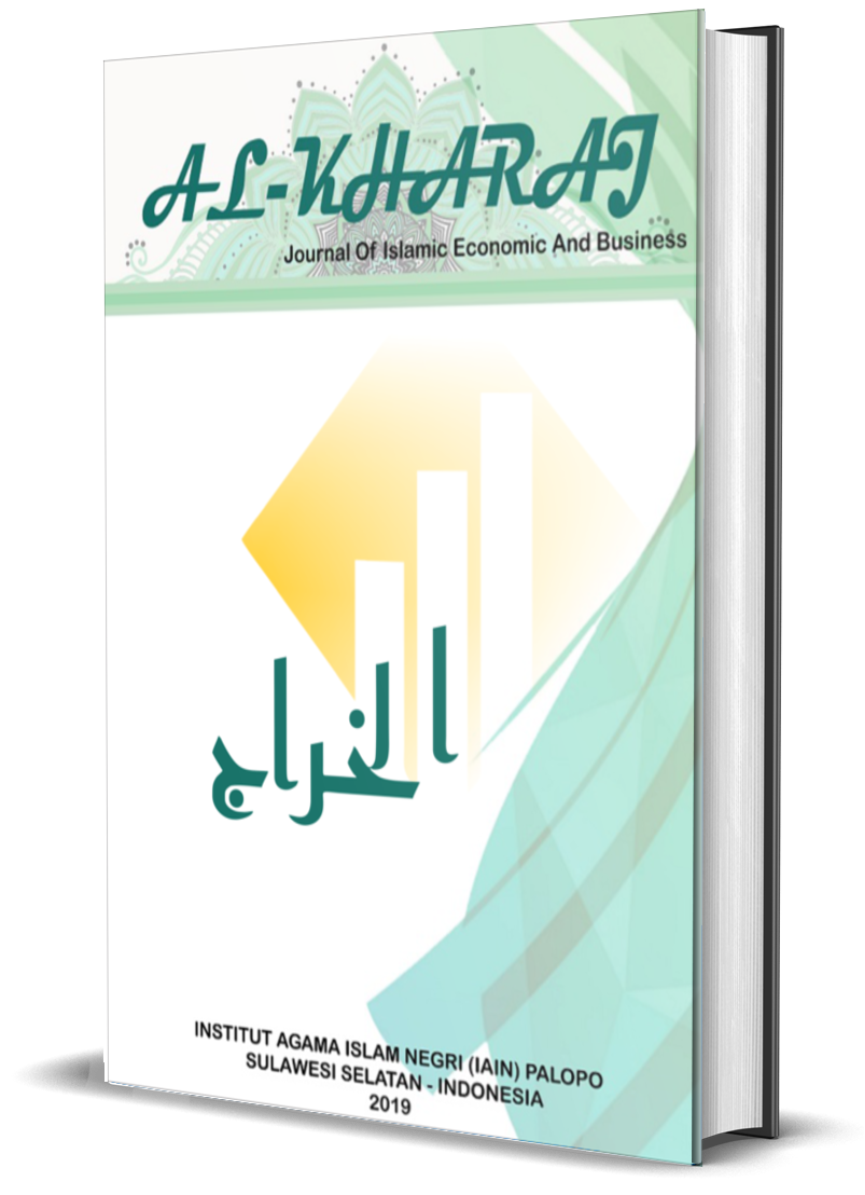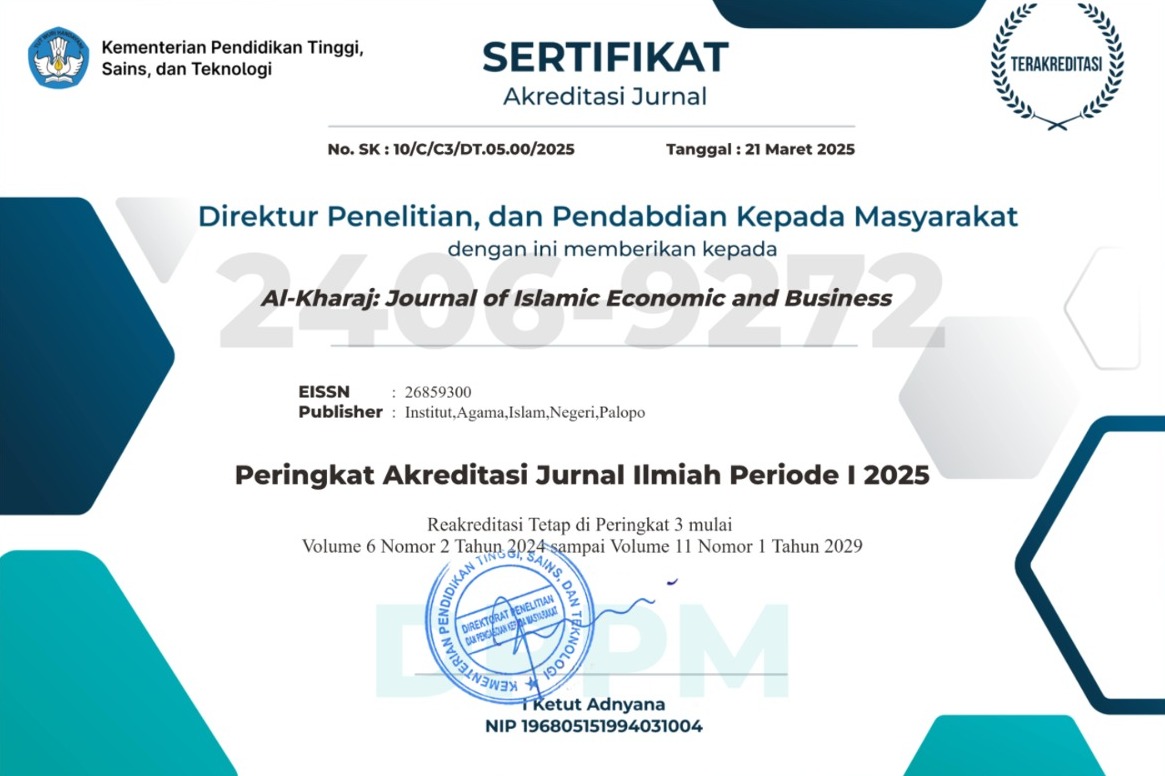Social Capital and Community Resilience to Tidal Flooding: A Sociological Study in the Coastal Area of Pontianak City
DOI:
https://doi.org/10.24256/kharaj.v7i3.7837Keywords:
social capital, community resilience, tidal flooding, mixed methodsAbstract
This study aims to analyze the influence of social capital on community resilience in facing tidal flooding in Pontianak City, West Kalimantan. A mixed methods approach was used, combining a quantitative survey of 300 respondents and qualitative interviews with community leaders, fishermen, and village officials. Social capital variables were measured through the dimensions of trust, social networks, and mutual aid norms, while community resilience variables included adaptive capacity, collective capacity, access to resources, and post-disaster recovery. Quantitative analysis results indicate that social capital has a highly significant impact on community resilience, with an R² value of 0.974 and significance of 0.000. Dimensions of inter-resident trust, participation in social groups, and mutual aid norms were found to be dominant factors in strengthening coastal community resilience. Qualitative analysis reinforces these findings by describing adaptive and collective community responses, such as building stilt houses, activating mutual aid, and strengthening coordination with external parties such as the government and NGOs. Both quantitative and qualitative results indicate that social capital functions as a key mechanism in strengthening the resilience of Pontianak communities against tidal flooding. This study underscores that disaster risk reduction strategies in the coastal areas of West Kalimantan require not only structural interventions but also the strengthening of social capital as the foundation of community resilience
References
Adi, AC (2023). Forecasting Flood Vulnerability in Pontianak using Multiple Linear Regression and Geospatial Information Systems (GIS). Innovation in Research of Informatics (Innovatics), 5(1). https://doi.org/10.37058/innovatics.v5i1.6567
Alidrus, S., & Wiyono, A. (2024). Resilience and Vulnerability of Coastal Communities: A Case Study of Tambak Lorok, Semarang-Indonesia in Facing Flood Risks. Journal of Syntax Admiration, 5(9), 3349–3357. https://doi.org/10.46799/jsa.v5i9.1568
Amin, M. (2024). Comparative study of physical, economic, social, and environmental vulnerability mitigation due to tidal flooding in Demak. 1(1). https://doi.org/10.61511/ersud.v1i1.2024.640
Domínguez Vázquez, L., Eshun, E. S., & Houston, J. B. (2024). Community Disaster Resilience and Communication (pp. 146–161). Information. https://doi.org/10.4324/9781003363330-13
Gill, D. A., & Ritchie, L. A. (2007). Enough is enough: social capital in post-Katrina New Orleans - a study of neighborhoods affected by the 2007 tornadoes.
Haggard, R., Cafer, A., & Green, J. J. (2019). Community resilience: A meta-study of international development rhetoric in emerging economies. Community Development, 50(2), 160–180. https://doi.org/10.1080/15575330.2019.1574851
Ilhami, F., Sugianto, DN, & Rochaddi, B. (2014). Mapping the Level of Susceptibility to Tidal Flooding for the Evaluation of Spatial Planning of Coastal Settlement Areas in Pekalongan Regency, Central Java. Journal of Marine Research, 3(4), 508–515. https://doi.org/10.14710/JMR.V3I4.11409
Jones, E.C., Nance, E., & McCurdy, S. (2024). Social capital and social networks in flood recovery (pp. 259–274). Edward Elgar Publishing. https://doi.org/10.4337/9781839102981.00027
Kamal, N. (2024). Analysis of Adaptation and Adaptation Costs of Sriwulan Village Communities to Tidal Flooding. Scientific Journal of Village Development and Agriculture, 9(4), 415–423. https://doi.org/10.37149/jimdp.v9i4.1223
Maulita, R., Parahita, BN, & Trinugraha, YH (2023). Tidal Flood Disaster Mitigation in Mangkang Wetan: Community Social Action and Structural Capabilities. Indonesian Journal of Sociology of Religion, 4(2), 178–200. https://doi.org/10.22373/jsai.v4i2.2782
Mutiani, M., Rusmaniah, R., Triyono, S., Jumriani, J., & Febrian, MI (2024). Impact of Floods on the Socio-Economic Conditions of Communities in Sungai Tabuk. The Kalimantan Social Studies Journal, 6(1), 61. https://doi.org/10.20527/kss.v6i1.13294
Nugraha, AT, Zahara, S., Suhartini, W., Zahid, U., & Hlahla, J. (2024). The Role of Social Capital on Community Resilience in Rural Areas: A Case Study in Ponggok Village, Indonesia. https://doi.org/10.21776/rrs.v2i1.27
Sadeka, S., Mohamad, MS, Reza, MIH, Manap, J., & Sarkar, K. (2015). Social capital and disaster preparedness: conceptual framework and linkage.
Sitorus, SHA (2019). Forecasting flood-prone areas using website-based Tsukamoto fuzzy logic (case study of Pontianak City). Coding: Journal of Computers and Applications, 7(02). https://doi.org/10.26418/coding.v7i02.33828
Sitorus, SHA (2019). Forecasting flood-prone areas using website-based Tsukamoto fuzzy logic (case study of Pontianak City). Coding: Journal of Computers and Applications, 7(02). https://doi.org/10.26418/coding.v7i02.33828
Spencer, D. (2012). 'Social Capital' in Central, Eastern and South East Europe: Methodological, Theoretical and Epistemological Debates (pp. 325–355). Palgrave Macmillan, London. https://doi.org/10.1057/9780230314146_14
Völker, B. (2021). Disaster recovery via social capital. 1–2. https://doi.org/10.1038/S41893-021-00820-5
Downloads
Published
How to Cite
Issue
Section
Citation Check
License
Copyright (c) 2025 Baharuddin

This work is licensed under a Creative Commons Attribution-ShareAlike 4.0 International License.
Authors retain copyright and grant the journal right of first publication with the work simultaneously licensed under a Creative Commons Attribution-ShareAlike 4.0 International License. In line with the license, authors are allowed to share and adapt the material. In addition, the material must be given appropriate credit, provided with a link to the license, and indicated if changes were made. If authors remix, transform or build upon the material, authors must distribute their contributions under the same license as the original.









